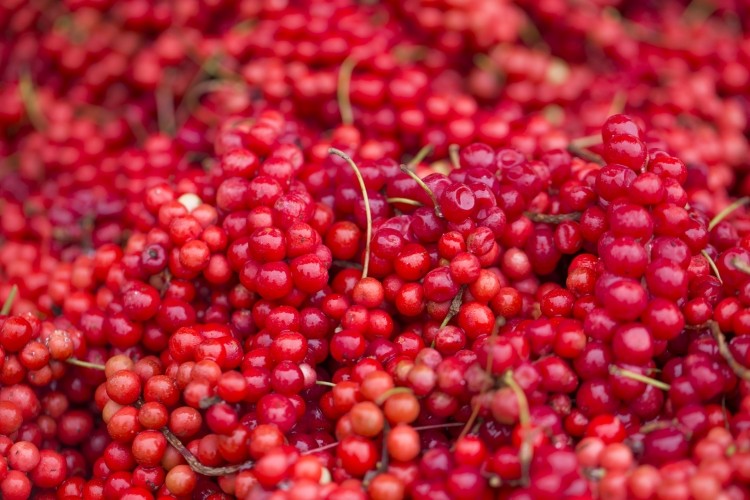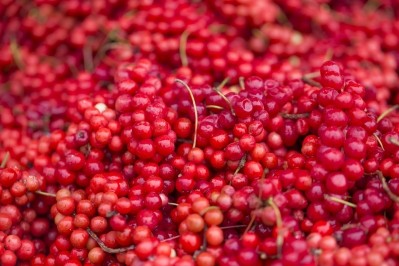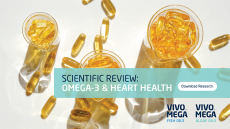Schisandra plus soybean may help with blood sugar control: RCT

Twelve weeks of supplementation with the combination of extracts from Schisandra chinensis and soybean led to significant reductions in fasting plasma glucose (FPG), postprandial glucose (PPG), postprandial insulin (PPI), and LDL cholesterol, compared to placebo.
Writing in the journal Nutrients, scientists from Healthcare Claims & Management Incorporation, Jeonbuk National University, Woosuk University, and the Korea Food Research Institute stated: “Based on the results of this study, we intend to develop [the Schisandra-soybean extract mixture] as a dietary supplement with functional claims in Korea.”
Schisandra
Popularity of the little red berries is increasing, spurred on by rising interest in adaptogens. The berries of Schisandra chinensis are known as ‘Omija’ in Korea, and as wu wei zi in Chinese, which translates as "five flavor fruit": because they possess all five basic flavors in Chinese herbal medicine: salty, sweet, sour, pungent (spicy), and bitter.
According to a review by Panossian and Wikman in the Journal of Ethnopharmacology (2008, Vol. 118, No. 2, pp. 198-212), the berries are used in traditional Chinese medicine for a range of endpoints, including to infection resistance, and to improve skin health, insomnia, coughing, and thirst.
Study details
The new randomized, double-blinded, and placebo-controlled clinical trial involved 80 people with hyperglycemia. Participants were randomly assigned to receive either placebo or the Schisandra extract and soybean mixture for 12 weeks. Subjects consumed 500 mg per day of the mixture, which was composed of a 5:1 ratio of Schisandra extract and soybean.
Data from the 63 people who completed the study indicated that, compared to placebo, the Schisandra group experienced significant reductions in a range of measures, including FPG, PPG, PPI, LDL cholesterol, and the glucose-related markers C-peptide and fructosamine.
On the other hand, no significant differences between the groups were recorded for total cholesterol, triglyceride, HDL-cholesterol, Apo A1, and Apo B, said the researchers.
The researchers added that, “no clinically meaningful adverse events were observed, thereby providing evidence of the probable use of [the Schisandra-soybean extract mixture] as a safe control agent”.
The Schisandra-soybean mixture was found in earlier screening tests to act synergistically, with the mixture outperforming the separate constituents across a range of experiments.
Commenting on the potential mechanism(s) of action, the researchers note that the mixture may be inhibiting the activity of alpha-glucosidase, which would “inhibit the decomposition of disaccharides into monosaccharides in the small intestine, delaying digestion and absorption of glucose, thereby leading to a reduction in the sudden rise in postprandial glucose levels following the excessive secretion of insulin”, they explained.
The results of the study led to the researchers to conclude: “It is hypothesized that OSM supplementation is an effective and safe functional food supplement for humans with hyperglycemia.”
Source: Nutrients
2022, 14(15), 3159. doi: https://doi.org/10.3390/nu14153159
“Efficacy and Safety of Omija (Schisandra chinensis) Extract Mixture on the Improvement of Hyperglycemia: A Randomized, Double-Blind, and Placebo-Controlled Clinical Trial”
Authors: D-S. Kim et al.















